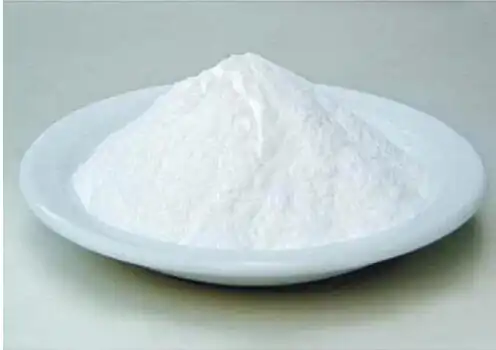Hebei Messi Biology Co., Ltd. stated that deacidification of archival paper is an extremely important link in the restoration of paper archives. It refers to neutralizing the acidic substances in the paper and precipitating a certain amount of alkaline substances (alkali reserves) in the paper to neutralize the acidic substances produced in the subsequent natural aging process, aiming to delay the aging rate of the paper and increase the life of the paper. In recent years, the non-aqueous phase deacidification system using alkaline magnesium oxide as a deacidifying agent and supplemented with organic solvents (perfluoroheptane, cyclohexane, isopropanol, etc.) as stabilizers has become a hot topic in academic and applied research at home and abroad. However, the current research on magnesium oxide deacidification system mainly focuses on the preparation of alkaline particles of different sizes and the search for a better deacidifying agent stabilization system, while the research on the aging behavior after deacidification is relatively blank.

Some scholars have explored and systematically explained the series of aging behaviors of acidic writing paper archives after deacidification by magnesium oxide system from the perspective of chemical reaction kinetics, and combined with complete physicochemical characterization to confirm the correctness of the kinetic theory. At the same time, standard ultraviolet, dry heat and wet heat aging experiments were used as research methods to explore the changes in the physical and chemical properties of the acidic writing paper used in archives after being deacidified by micron- and nano-level alkaline magnesium oxide deacidification solutions under different external conditions.
Original article The author used micron- and nano-level magnesium oxide non-aqueous phase deacidification systems to conduct deacidification experiments on acidic writing paper used in archives, and focused on combining dry heat, ultraviolet and wet heat aging tests to analyze the changes in the physical, chemical and optical properties of the deacidified writing paper during the aging process. From the SEM and EDS analysis results, it can be seen that compared with micron-level magnesium oxide that aggregates on the surface of paper in blocks, nano magnesium oxide is smaller, has good dispersion and can micro-penetrate into the shallow surface layer of the paper. The pH of the deacidified writing paper is significantly increased but still acidic. After three aging processes, the deacidified paper samples maintain a good pH value, among which the paper samples treated with nano magnesium oxide show better pH aging results. After dry heat and ultraviolet aging, the mechanical properties of the deacidified writing paper in the transverse and longitudinal directions change little. As the wet heat aging time increases, the number of folding resistance of the deacidified paper sample decreases exponentially, and the tensile strength remains unchanged. The whiteness of the three groups of experimental paper samples decreased significantly after UV and dry heat aging, and the chromaticity difference changed greatly (all greater than 1.5). As the wet heat aging time increases, the chromaticity and whiteness differences of the three paper samples show a nearly linear change process (3-15 days). The two deacidification systems do not significantly improve the mechanical properties of paper, but both can slow down the yellowing rate of paper.
Overall, the magnesium oxide non-aqueous phase deacidification system has a good deacidification effect on acidic archives with writing paper as the carrier, which can slow down the aging rate of fibers and increase the life of acidic writing paper archives.
